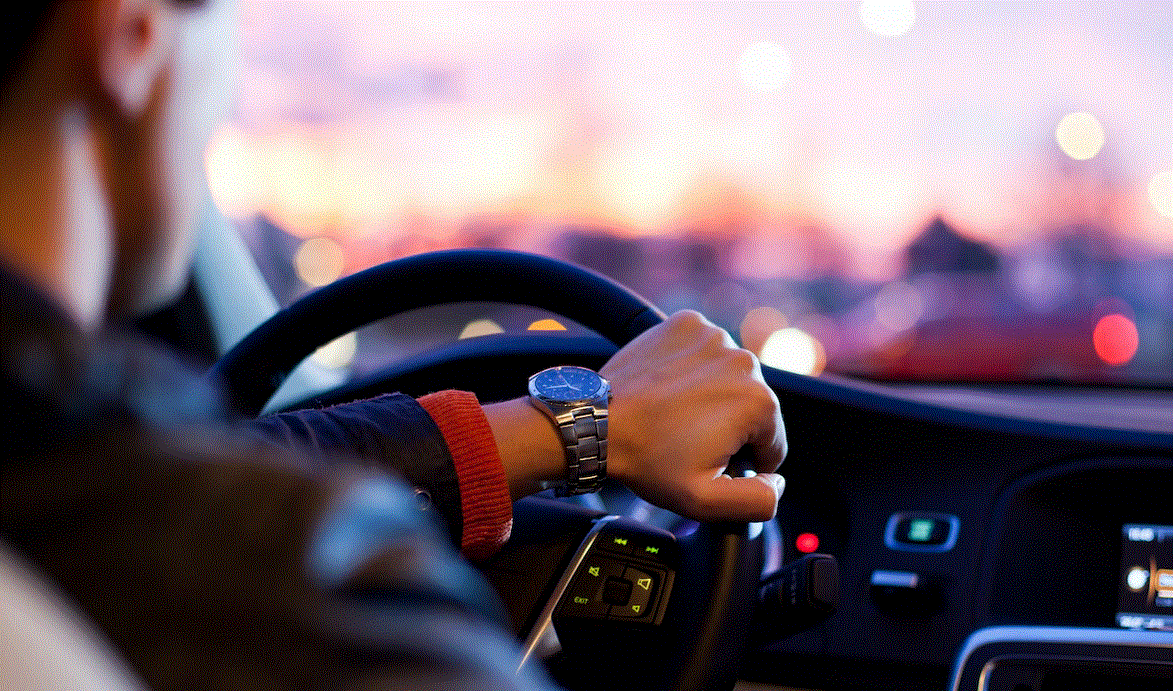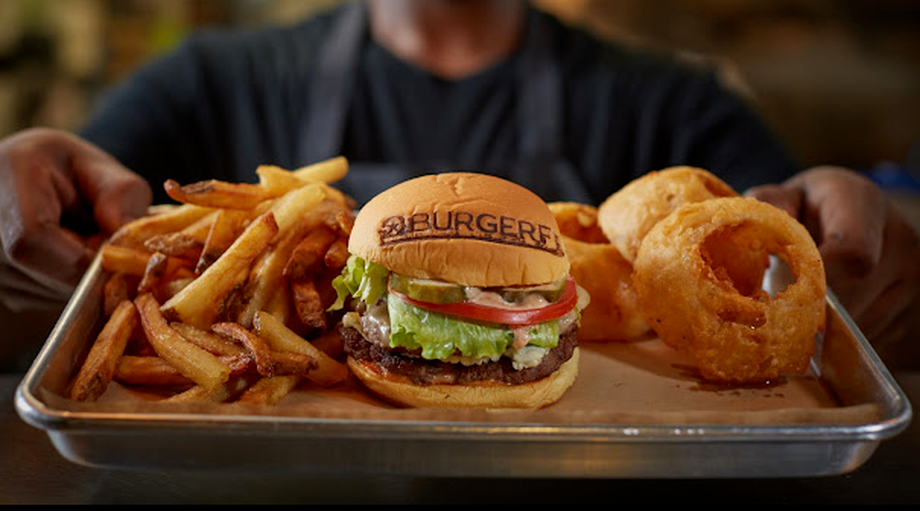The question of how much car insurance to purchase depends on your personal situation. You might want more coverage if you make a high income and are a good driver. However, most claims are not more than a few thousand dollars. If you have a bad accident, the cost could be much higher. For example, if you are found at fault for a collision, you could be liable for the other driver's future earnings.
Uninsured/Underinsured Motorist Coverage
In an auto accident, uninsured/underinsured motorist insurance (UM) is a great way to protect yourself. This coverage will help you pay for your own medical costs and other damages caused by the other driver if the other driver is not covered by their own insurance policy. In most states, uninsured/underinsured motorist coverage is required by law, but you can still buy it separately.
Uninsured/underinsured meter coverage in car insurance can be used for various situations, including hit-and-run claims. In some states, this coverage may be combined with other insurance policies. In other states, this coverage is optional.
If you've ever been in an uninsured driver accident, you know how devastating it can be. You won't always get the apology you're looking for, and the other driver won't even apologize. A recent study found that 11.7% of all crashes involved hit-and-run drivers. And this percentage has grown 7.2% annually since 2009. Uninsured motorist coverage in car insurance typically costs less than other types of coverage.
Liability Insurance
The state minimum liability coverage amounts are often much lower than you need. You should aim to purchase at least $100,000 per person and $300,000 per accident. This will protect you in an accident and help you pay other people's bills. In addition, you should also carry property damage liability coverage, which will cover damages to someone else's property.
Liability insurance is a legal requirement for all drivers, but in some states, you must have more coverage. Minimum liability insurance amounts are listed as three numbers, such as 25/50/25 in Alabama or 50/100/25 in Alaska. These numbers represent the maximum amounts of bodily injury liability you are responsible for in an accident and cover damages to another driver's car and lost wages.
In addition to liability insurance, you should consider collision and comprehensive coverage. You can also add optional coverage such as gap and replacement cost insurance. Most online quote engines will allow you to customize your policy and choose which coverages you need.
Property Damage Liability
When you buy property damage liability car insurance, you're essentially putting a cap on the amount of money an insurer will pay you if you damage someone else's property. It's also a good idea to carry enough coverage to cover the damages to your own car, as well.
This coverage can help you cover everything from a fender to a totaled car. It will help you fix up the damage to another person's property and provide financial support for your legal defense if you are sued. This type of car insurance is required by law in some states.
In addition to providing liability coverage, property damage liability coverage is also a good idea if you have many assets. While higher limits mean more expensive premiums, they can be well worth the extra money in case of a serious car accident.




